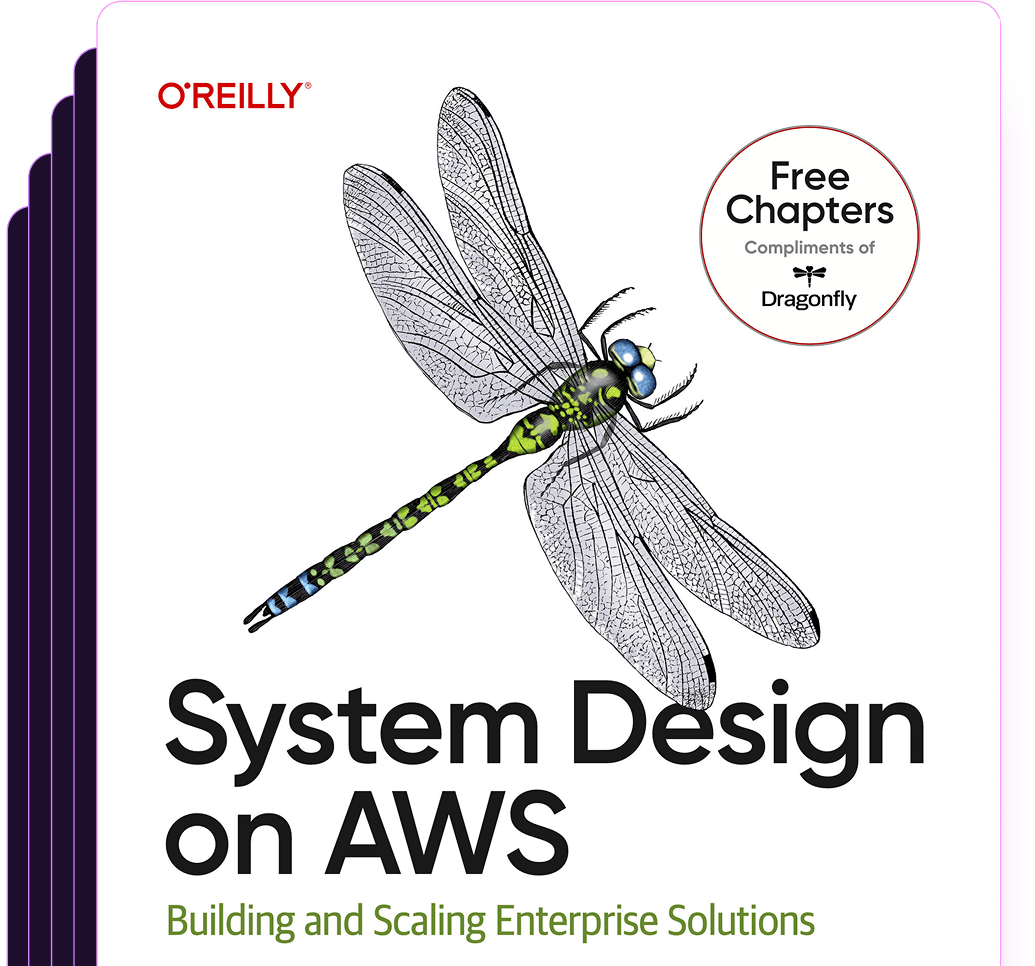Question: Message Queue vs Load Balancer - What's The Difference?
Answer
In the realm of distributed systems architecture, understanding the distinct roles of various components is crucial for designing scalable and efficient systems. Two commonly discussed components are message queues and load balancers. Let's explore their differences and applications:
What is a Message Queue?
A message queue is a form of asynchronous service-to-service communication used in serverless and microservices architectures. Messages are stored in a queue until they are processed and deleted. A message queue can decouple the communication between different parts of a system, improve reliability, and allow system redesign.
Use Cases:
- Decoupling Services: Components produce and consume messages independently.
- Load Leveling: Handle high loads by queuing up requests.
- Retry Mechanism: Processors can retry the failed messages.
- Asynchronous Processing: Processes messages without requiring both producing and consuming processes to interact with the queue at the same time.
Popular Implementations: RabbitMQ, Apache Kafka, AWS SQS.
What is a Load Balancer?
A load balancer is a device (hardware or software) that distributes network or application traffic across multiple servers. This ensures no single server becomes overwhelmed with too much traffic, enhances application availability and reliability, and minimizes response times.
Use Cases:
- Scalability: Distributes client requests efficiently across multiple servers.
- Availability and Reliability: Detects server health and routes traffic away from unhealthy servers.
- Performance Optimization: Reduces server load by evenly distributing client requests.
- Flexibility: Allows running maintenance without downtime by redirecting traffic.
Popular Implementations: NGINX, HAProxy, AWS Elastic Load Balancing (ELB).
Key Differences
- Purpose:
- Message Queue: Used for async communication and decoupling systems.
- Load Balancer: Distributes incoming network traffic.
- Operation Mode:
- Message Queue: Enqueues messages to be processed asynchronously.
- Load Balancer: Operates in real-time by directing traffic to available resources.
- State Management:
- Message Queue: Retains state by queuing messages until processed.
- Load Balancer: Stateless, focusing on routing traffic.
- Performance Objective:
- Message Queue: Ensures reliable delivery and processing of messages.
- Load Balancer: Aims for high availability and optimal resource usage.
Conclusion
Both message queues and load balancers play critical roles in modern architectures, but they serve completely different purposes. Selecting between them depends on the specific use case and the problems you aim to solve in your system architecture.
Understanding these differences will help you make informed decisions when designing architectures that require scaling and reliability.
Was this content helpful?
Help us improve by giving us your feedback.
Other Common Messaging Systems Questions (and Answers)
- What are the benefits of a message broker?
- When to use a message broker?
- What are the benefits of using a message queue?
- What are the use cases for message queues?
- What are the use cases for a message broker?
- When to use a message queue?
- What are the best practices for using message queues?
- What is the fastest message broker?
- Is message queue bidirectional?
- Can I delete a message queue?
- What are the types of message brokers?
- Message Broker vs ESB - What's The Difference?
Free System Design on AWS E-Book
Download this early release of O'Reilly's latest cloud infrastructure e-book: System Design on AWS.

Switch & save up to 80%
Dragonfly is fully compatible with the Redis ecosystem and requires no code changes to implement. Instantly experience up to a 25X boost in performance and 80% reduction in cost